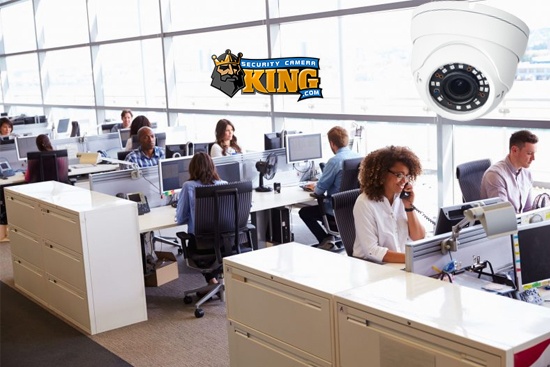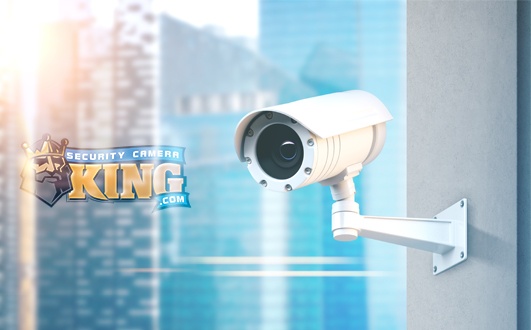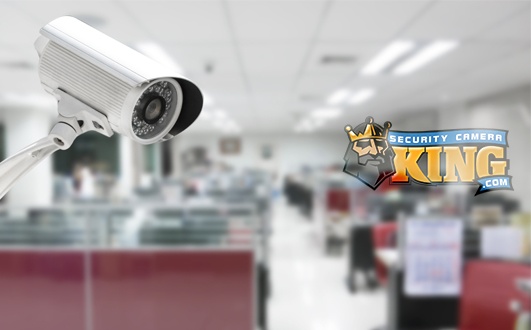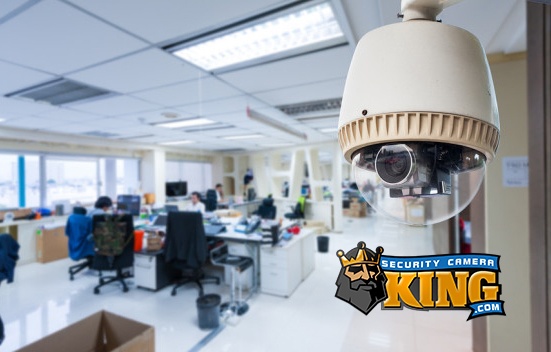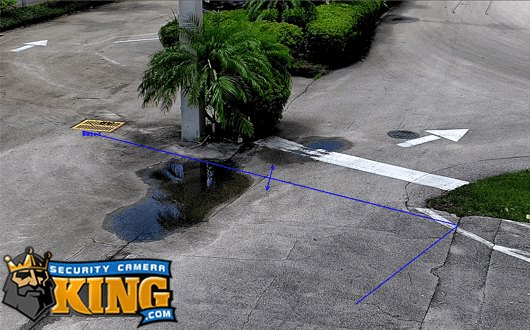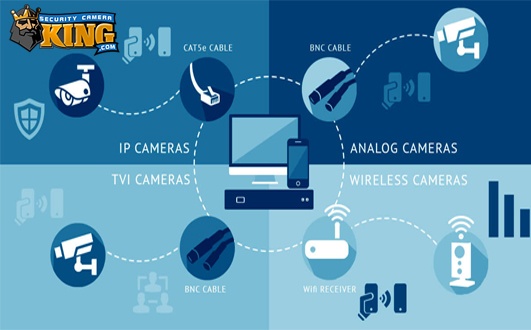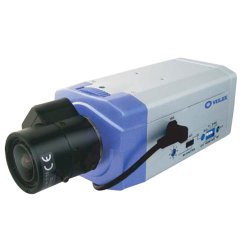 Installing a home video camera security system is easier than you might think. On the other hand, you may be surprised to learn that the one of the most important and difficult steps to installing a home video security system is proper planning.
Installing a home video camera security system is easier than you might think. On the other hand, you may be surprised to learn that the one of the most important and difficult steps to installing a home video security system is proper planning.
There are many different types of equipment that require specific methods of installation (for example, different types of cameras are mounted in different ways). So, this article will cover the first part of installing a home video camera security system; the planning stage. Proper planning should give you a good general idea of the type and amount of equipment you will need.
First and foremost to installing a home video camera security system is proper planning. This is one area where a professional installer has the “heads up” on a do-it-yourselfer since they have had the experience of installing systems in multiple configurations and are already familiar with many cost-efficient set-ups.
Nonetheless, a professional installer is not necessarily required. What you’ll need is to perform a self needs assessment. Asking yourself several questions about your potential security system and what you want it to do will help you to determine what to purchase and how to install it. For the purpose of this article, we’ll assume you want to install a multiple camera system that provides general perimeter coverage outdoors including a separate building that is used as a garage/workshop that houses some valuable tools.
General perimeter coverage means you want to create a protective “barrier” of video surveillance around the outside of the home. This barrier will provide coverage of anyone entering or exiting the house. In addition, you’ll want to monitor the garage door and walk-in door (the only entrances and exits in our garage/workshop) of the separate building. Our house has two stories with windows on each floor and a front and back door on the first floor and our garage has no windows and the front doors just mentioned.
You must determine how many cameras will be needed to provide perimeter coverage of the house. Generally, the field of view of the cameras should be focused around the house’s first floor with unobstructed views of all windows and doors. We’ll assume your house is in the shape of a square.
How many cameras will you need? An inexperienced installer may automatically suggest four cameras, one for each side of the house. However, an experienced installer may recognize a potential for installing only two cameras; two cameras on opposite diagonal corners of the home where each camera is able to cover two sides of the house at one time. Remember, to make your system as cost effective as possible, use as few cameras as necessary to get the job done.
Now we need to consider the separate garage. Since there are no windows or doors except the garage door and walk in door in the front of the building, perimeter coverage may not be necessary. Your main concern in this case is recording who enters or exits the building. Therefore, only one outdoor camera should be needed to cover these entrances (remember that when installing a home video camera security system you’ll want to use as few cameras as necessary to do the job). In addition to the camera covering the door, you also want to install a camera inside the garage because you store valuable tools there.
So, for this set up it appears that installing a complete home video camera security system will require a total of four cameras. That helps us make several definitive decisions about our system:
• Our system will require a four channel Digital Video Recorder (DVR) unit. This will satisfy our needs for now. If you think you may want to add cameras to your system in the future, it may be beneficial to use an eight channel DVR instead, allowing room for expansion.
• This system will require three outdoor type cameras (two for the home perimeter and one for the front of the garage) and one indoor camera (for use inside the garage).
• We prefer to have coverage during the day and night so all four cameras need to be day/night vision infrared cameras.
• We’ll also use wireless, battery operated, cameras with motion detectors to avoid running cabling and for ease of installation.
Congratulations! You’ve completed the first step to installing a home video camera security system. Now you have a general idea of the equipment you will need to complete your system.






